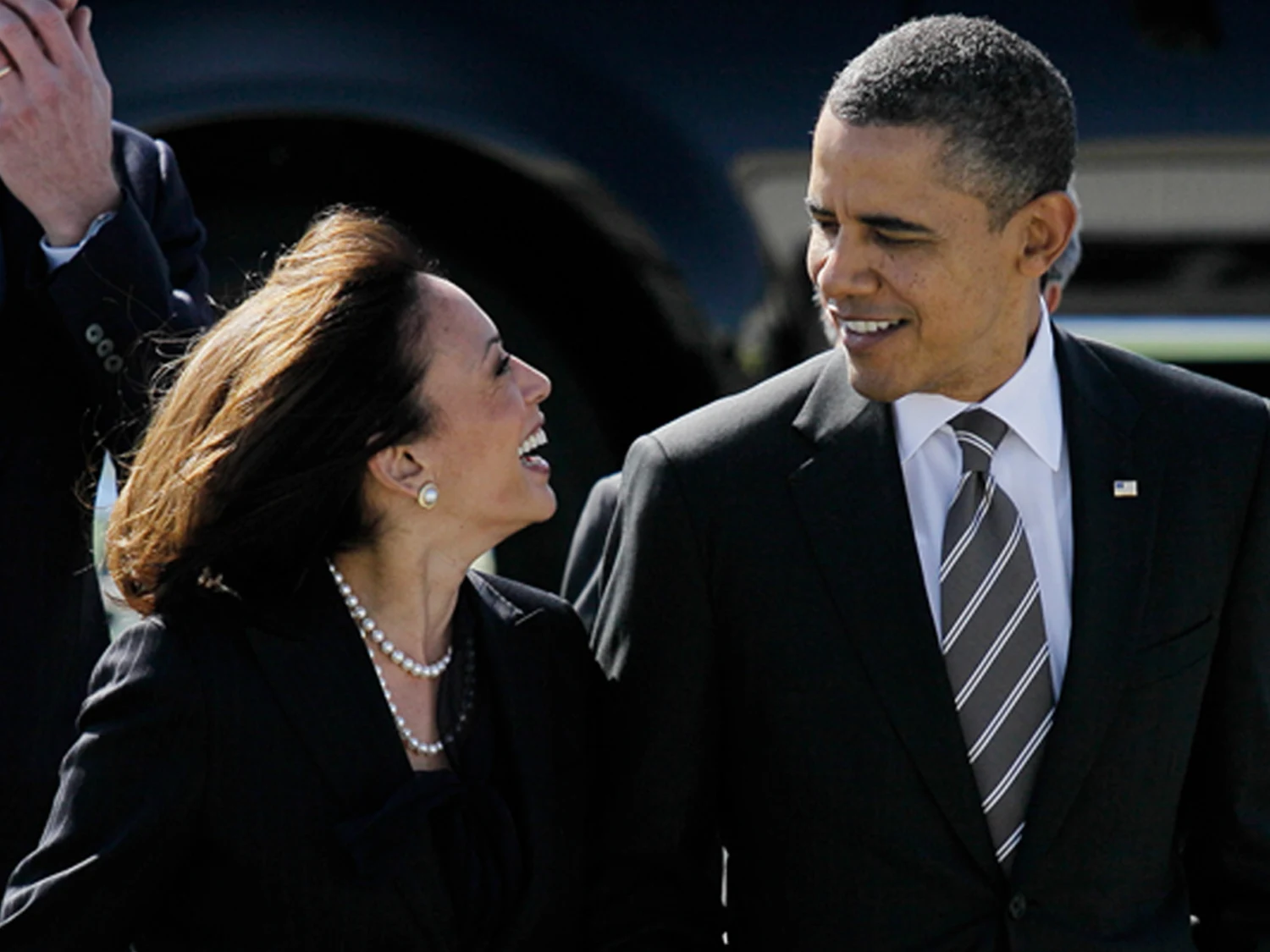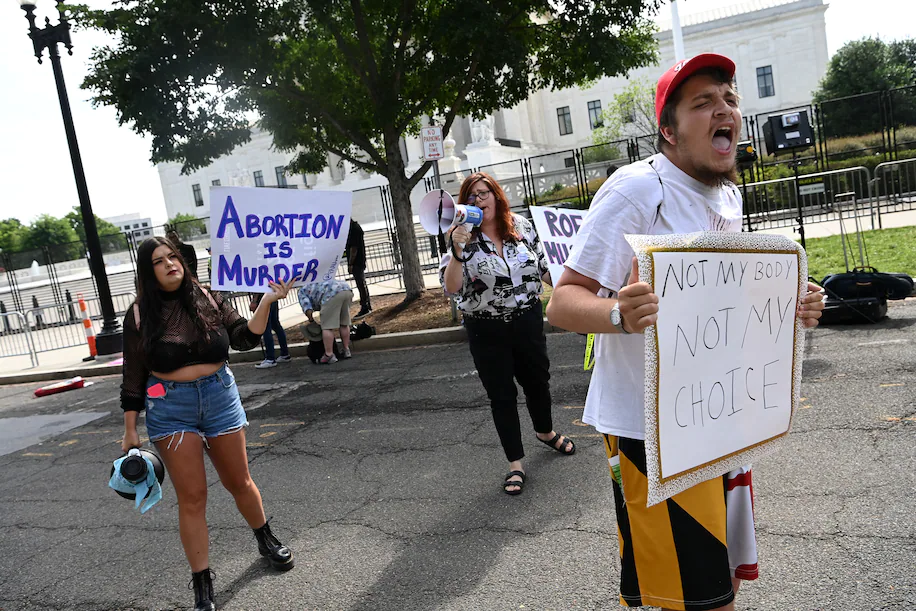The orignial by Monique Merrill for Courthouse News Service.
In Wyoming, a brand-new teacher with a bachelor’s degree has seen their starting salary go up just $540 between 2010 and 2022. That slow crawl in pay is now at the heart of a high-stakes showdown over how the state funds its public schools.
On Wednesday, attorneys for the state asked the Wyoming Supreme Court to throw out a lower court ruling that said Wyoming is underfunding its schools and violating its constitutional duty to provide an adequate public education.
The Wyoming Education Association filed the lawsuit in 2022, joined by eight school districts. They argue the state’s cost-based funding model no longer reflects reality: it doesn’t keep up with inflation, doesn’t cover what it actually costs to hire and keep staff, and leaves aging school buildings without the money for needed repairs and updates. A district court agreed with them in 2024.
The state says that ruling went too far.
Assistant Attorney General Mark Klaassen told the justices this latest case is just one more step in what he called a “seemingly endless cycle of litigation” over school finance. After earlier lawsuits, Wyoming adopted its current cost-based model nearly 20 years ago, and Klaassen argued that it still does the job.
“They’re asking the court to step in and force the Legislature’s hand,” he said, insisting that the idea the state is “shortchanging our schools flies in the face of practical reality.”
Klaassen said the lower court used the wrong legal standard and effectively stripped lawmakers of the flexibility they need to adjust funding as conditions change. The question, he said, isn’t perfection, but adequacy.
“Really, what the state is asking here is that the legislature have the flexibility from year to year to consider whether that baseline remains an accurate reflection of cost,” he told the court. “Just because it was once doesn’t mean it’s going to remain so indefinitely.”
The education groups say that flexibility has turned into neglect.
Attorney Gregory Hacker, representing the Wyoming Education Association, argued that school finance keeps ending up in court because the Legislature “doesn’t always operate in good faith, or they simply don’t get the job done.”
He said the funding model is no longer tied to what schools actually face on the ground. Districts are struggling to fill positions, some classes are being canceled, and remaining classrooms are getting larger, especially in smaller districts that can’t easily shuffle staff or students around. While some students attend modern, well-maintained schools, others are sitting in buildings that are more than 50 years old.
“If you don’t have enough money, you can’t hire the people, and that’s why we can’t hire the people, because we don’t compete to find them,” Hacker said.
He pointed to starting teacher pay as a prime example. Under the state model, a first-year teacher with no experience and only a bachelor’s degree earned $37,000 in 2010. By 2022, that had inched up to just $37,540 — a mere $540 increase over 12 years.
“Between 2010 and 2023, they skipped external cost adjustments because they said teachers were overpaid,” Hacker said, adding that the trial court found teachers were not overpaid and that state reports defending the freezes were “essentially a disguise to justify not paying.”
Attorney Richard Bush, arguing for the school districts, said the state had once earned the court’s trust by appearing to act in good faith on education funding. But he told justices that changed once oversight relaxed.
“Now that the state’s not under the thumb of this court, that is when the wheels started to come off,” Bush said.
He accused officials of using a “monetary report” as cover to avoid following statutes on inflation adjustments and previous Supreme Court precedent.
The state pushed back hard on that narrative, insisting that lawmakers — not judges — are best equipped to decide how much money schools should get and how often formulas should be updated.
“I think I beat that dead horse with the court,” Klaassen said, “but the position of the state here is that discretion, that flexibility needs to continue to be built into the system.”
For now, districts, teachers, and families will have to wait. The Wyoming Supreme Court gave no hint of when it will rule on whether the state is doing enough — or whether those stagnant salary numbers, aging buildings, and canceled classes add up to a constitutional failure.









The latest news in your social feeds
Subscribe to our social media platforms to stay tuned